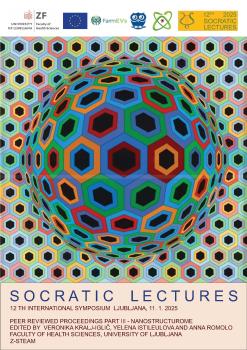Microalgae as a Source of Extracellular Vesicles: Laboratory Cultivation within the Nanostructurome Methods Pipeline
Synopsis
Extracellular vesicles (EVs) are cell-derived, membrane-bound structures that play vital roles in intercellular communication, biomolecule transport, and various physiological processes. Recent studies have shown that, in microalgal cells, EVs act as key facilitators of intercellular communication via transfer of bioactive compounds to convey regulatory signals and instructions. In aquatic ecosystems, this is most evident in the influence EVs have over community structure, trophic interactions, and cell fate. Microalgae-derived EVs have promising applications in biotechnology, environmental monitoring, and sustainable bioengineering. However, for large-scale production of these microalgae-derived EVs to be feasible and cost-effective, several challenges are yet to be solved, including development of standardized isolation methods, further characterization of EVs biochemical composition, as well as a more comprehensive understanding of their function. Cultivating microalgae in a controlled laboratory setting, with standardized protocols for culture maintenance, is crucial in order to address and solve these challenges, efficiently and reliably.
Downloads
Pages
Published
License

This work is licensed under a Creative Commons Attribution-ShareAlike 4.0 International License.


